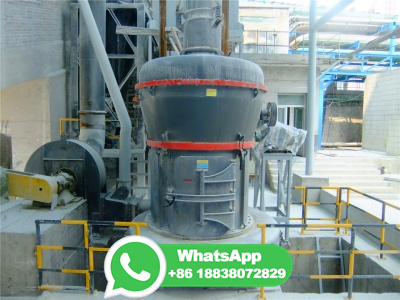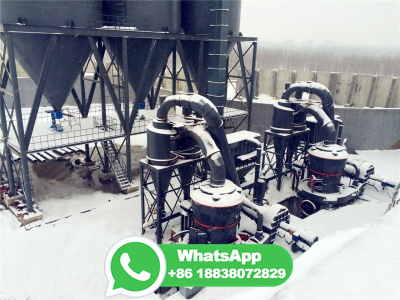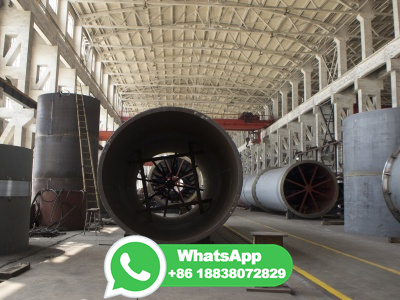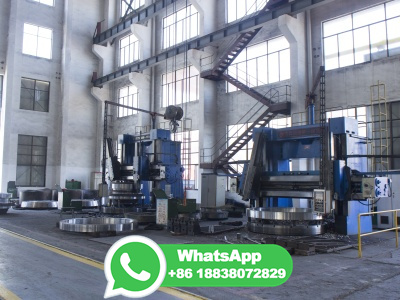Coke plant technologies
WEBWhen it comes to coke plant technologies, thyssenkrupp Uhde is the supplier of choice for new builds and revamps. Since combining the knowhow of the former coke oven plant engineering and construction companies Dr. C. Otto, Carl Still, Heinrich Koppers and Didier under its roof, thyssenkrupp Uhde's experienced employees have continuously .

































